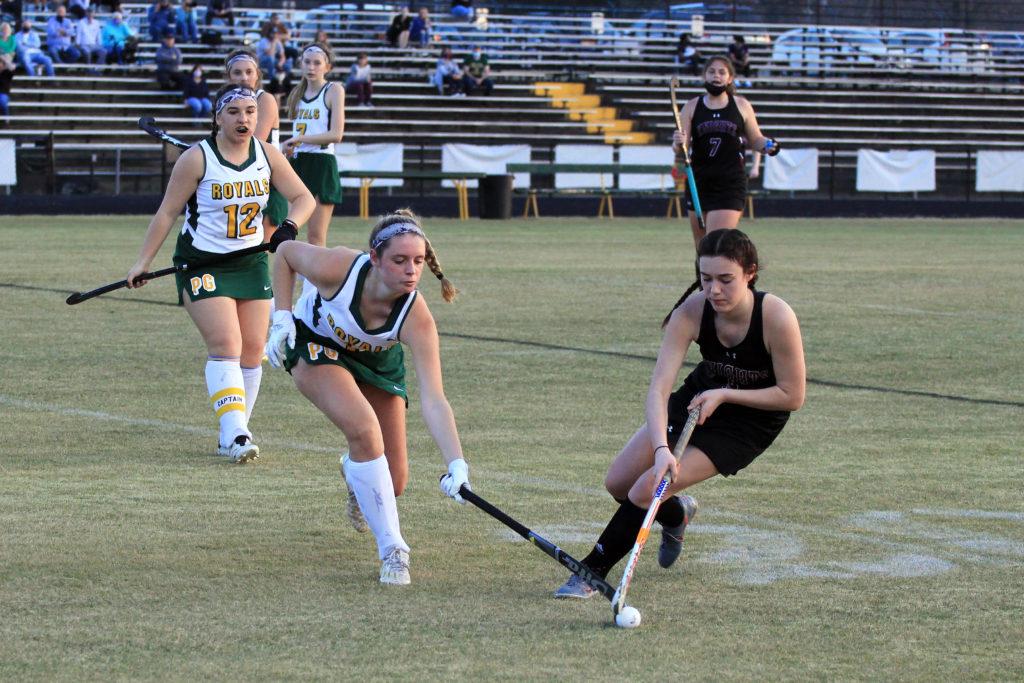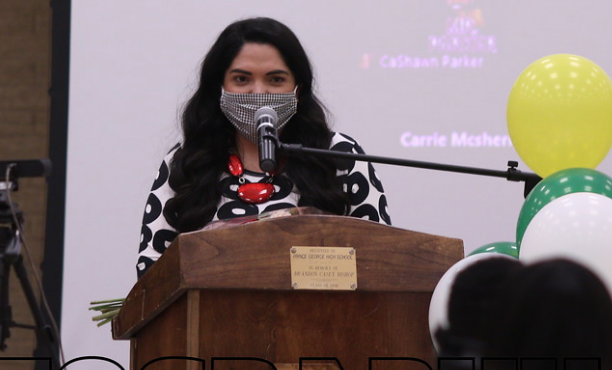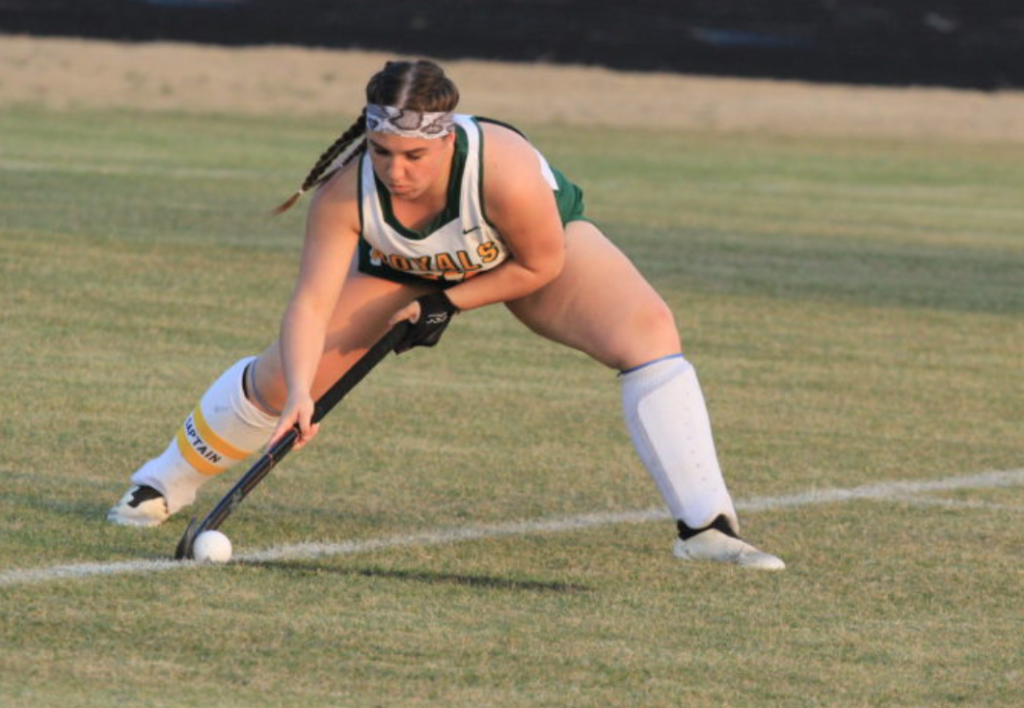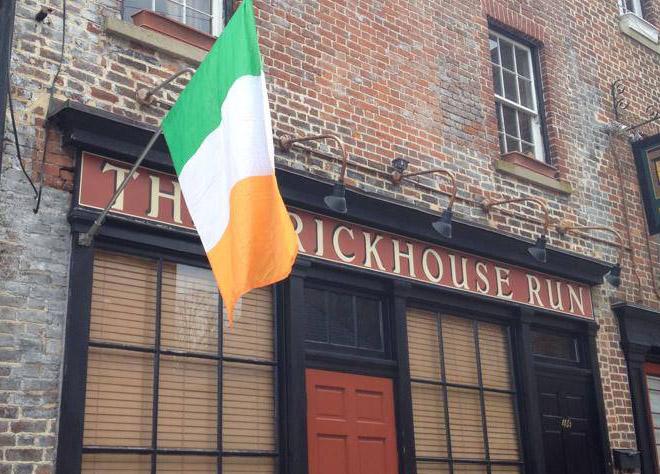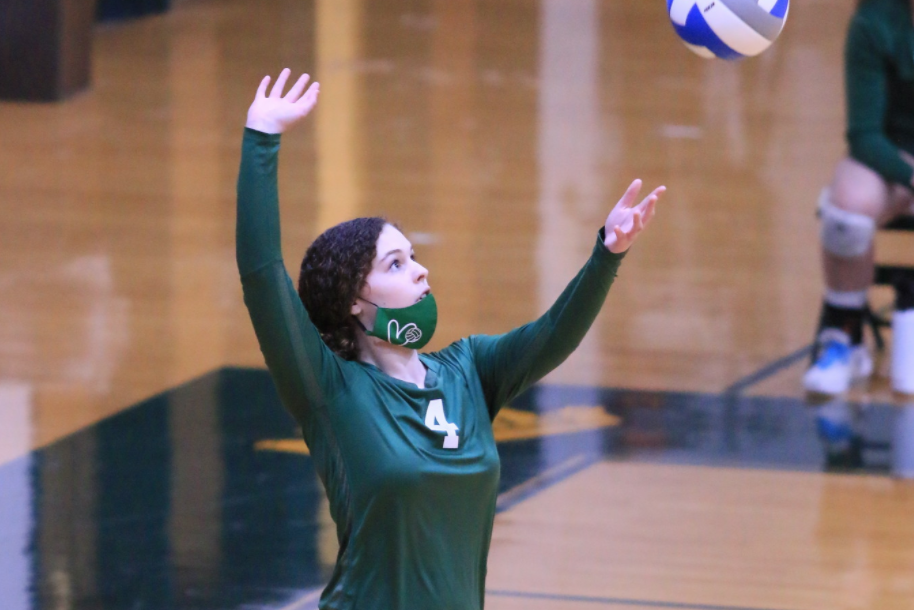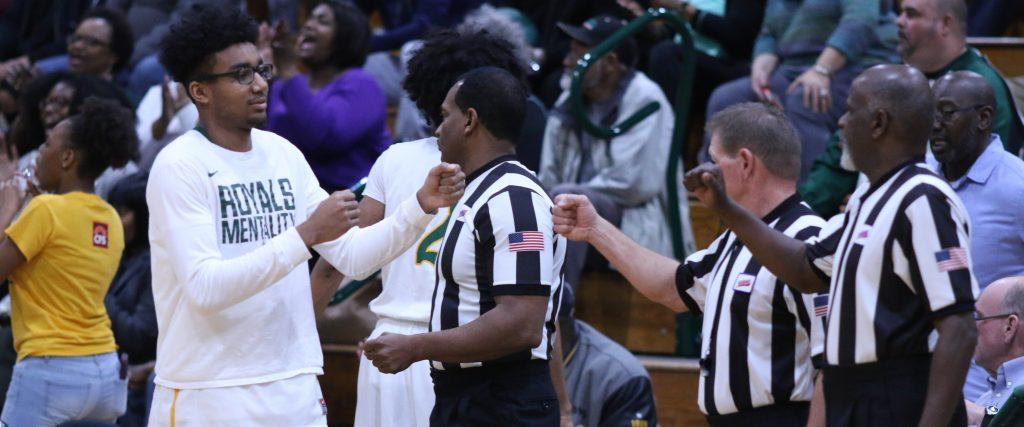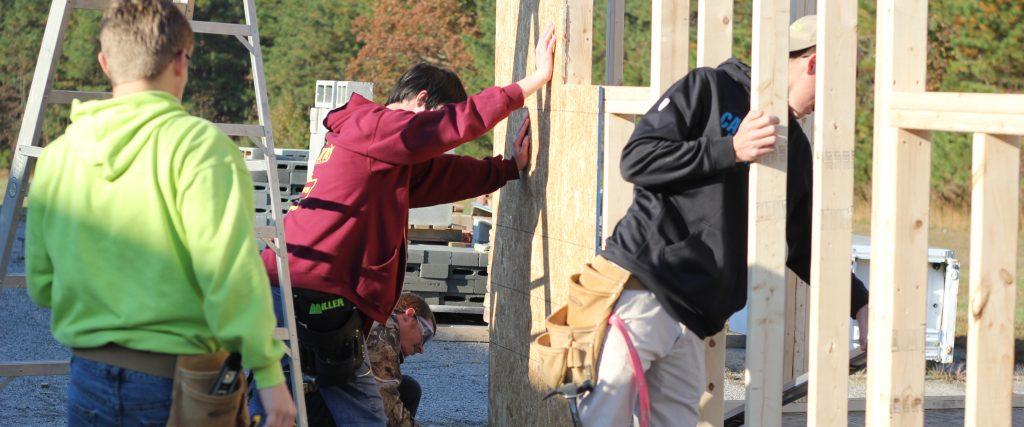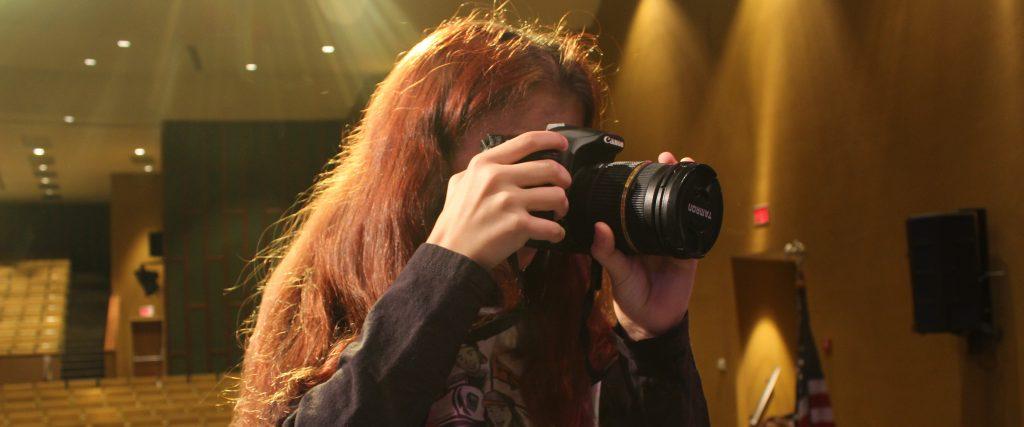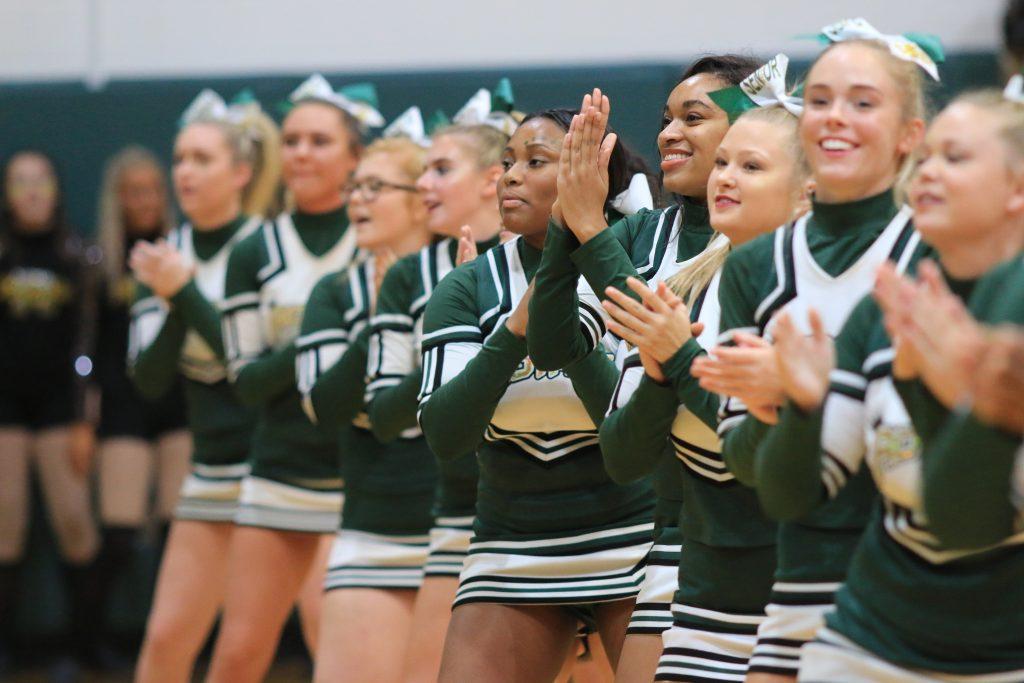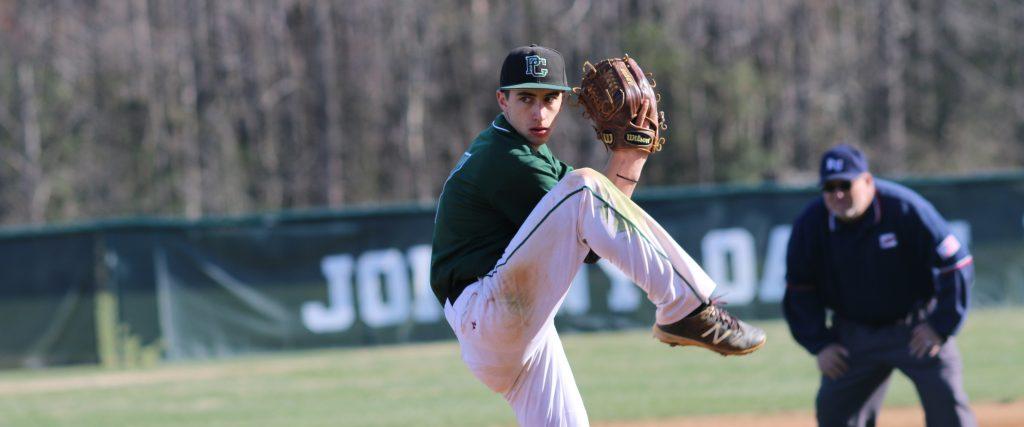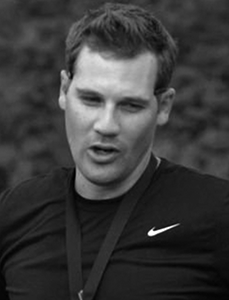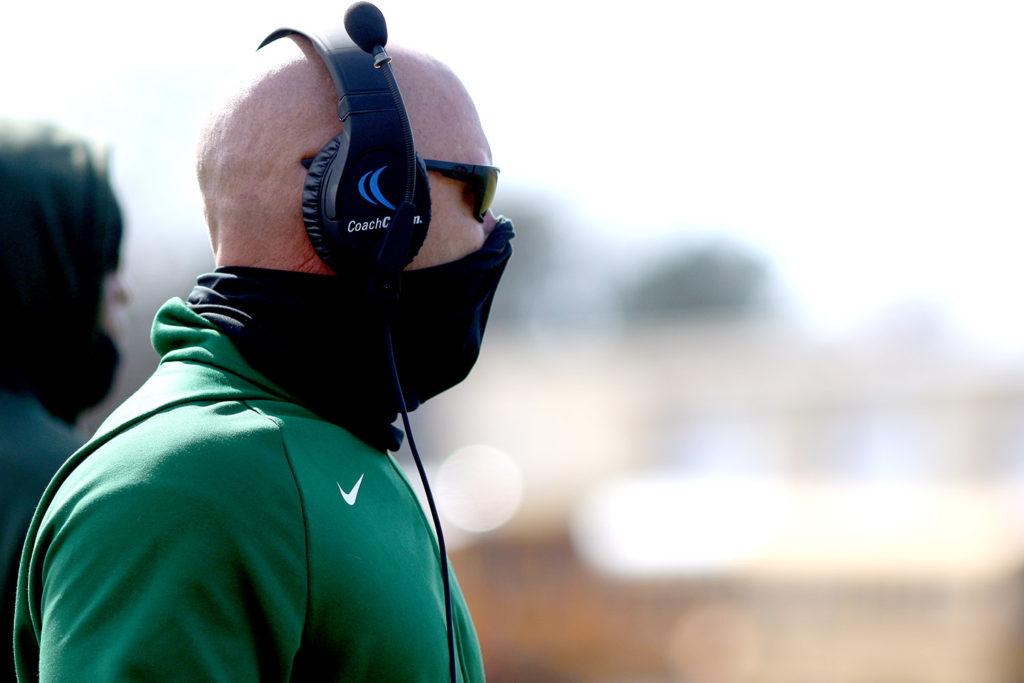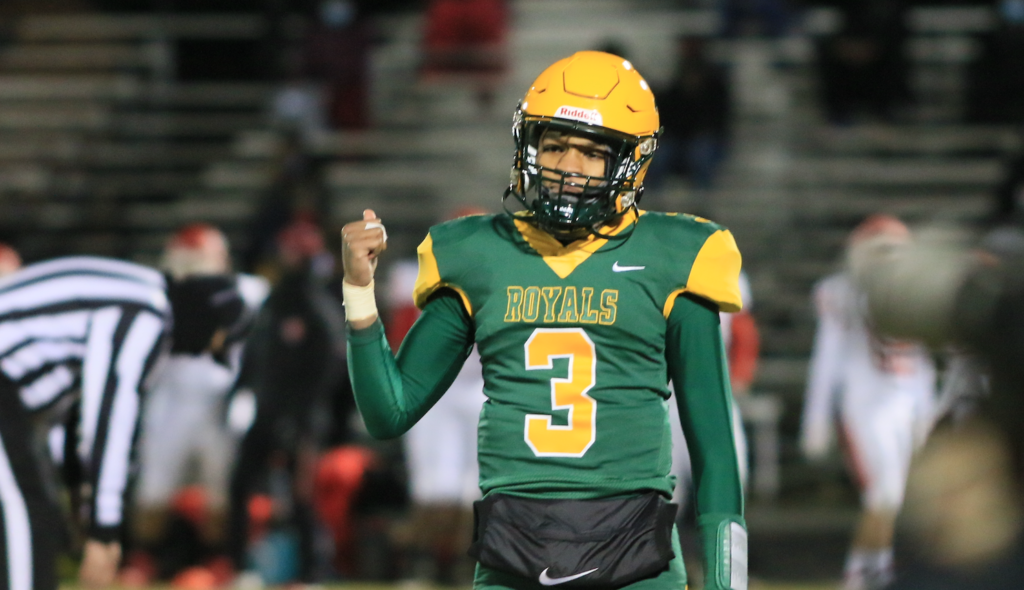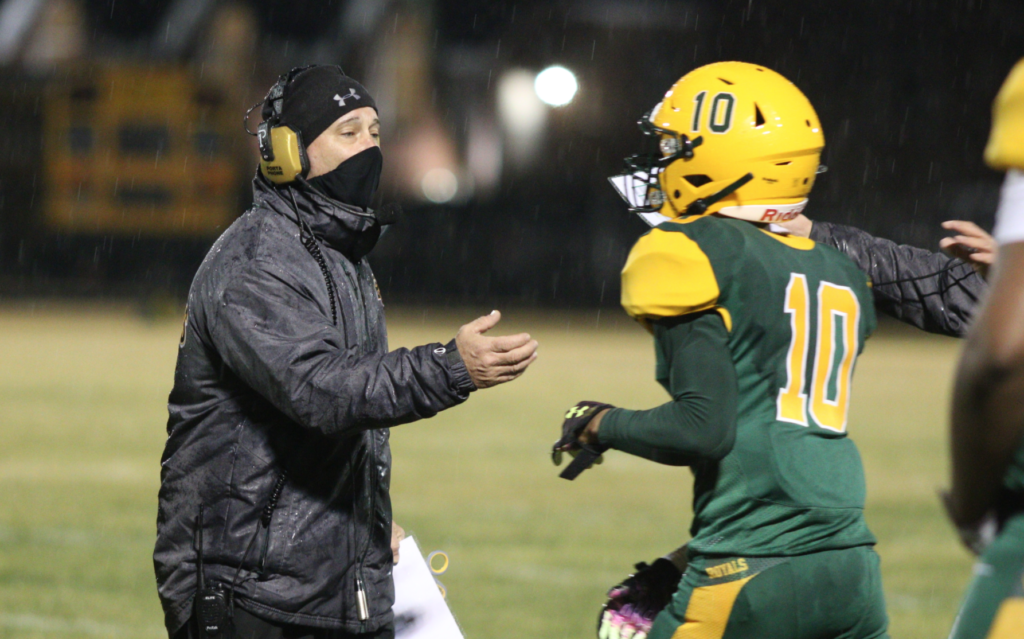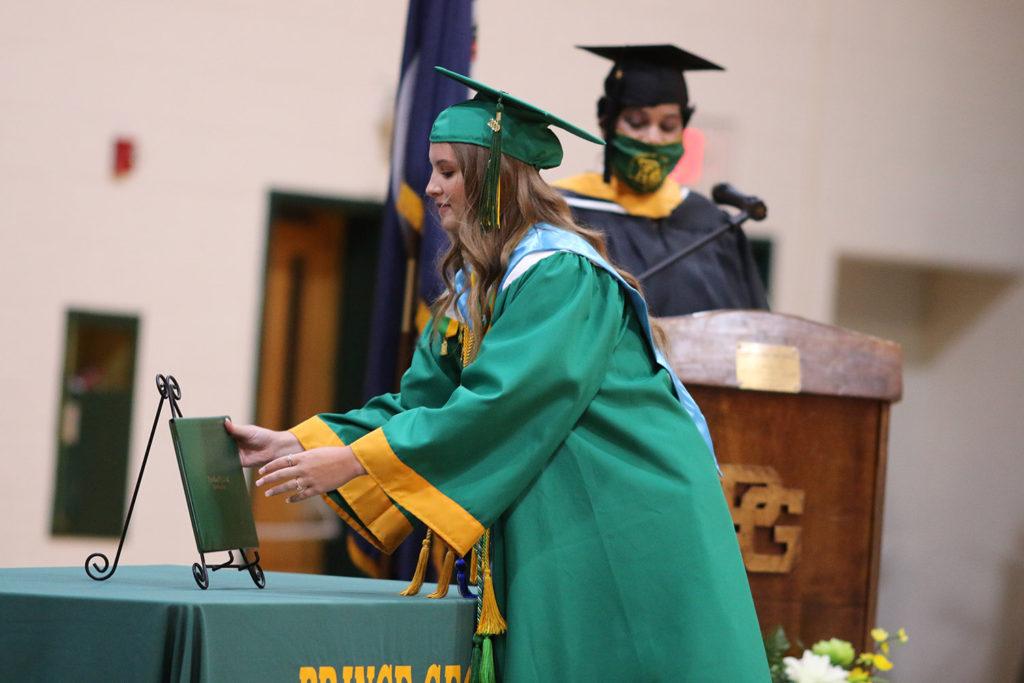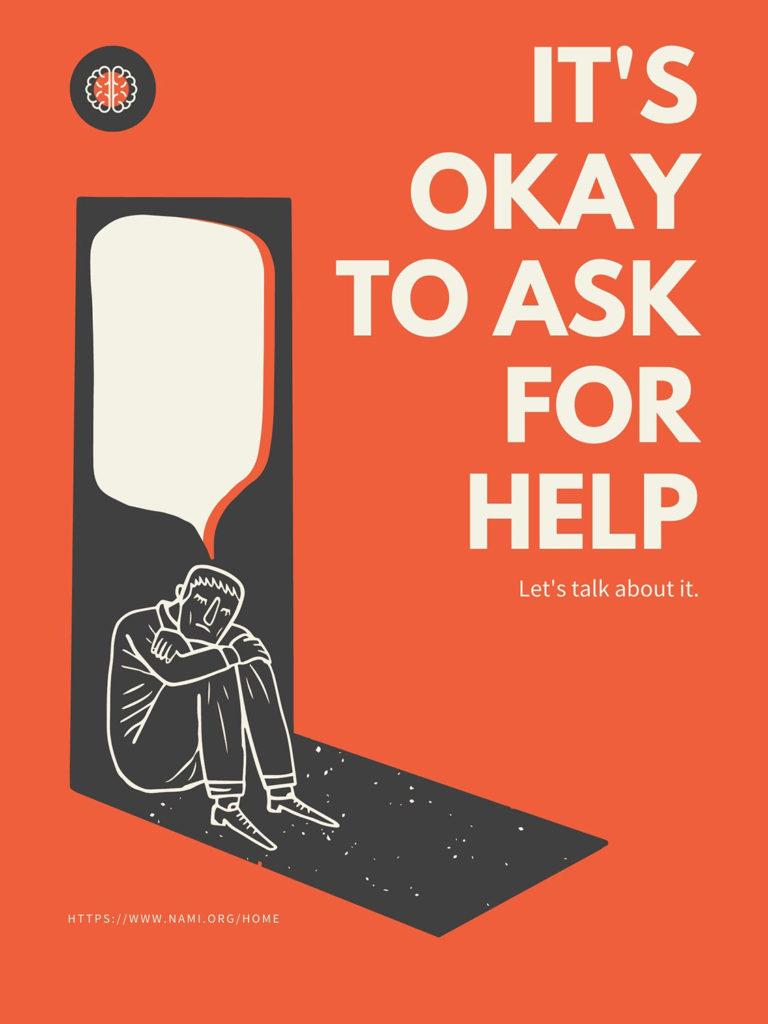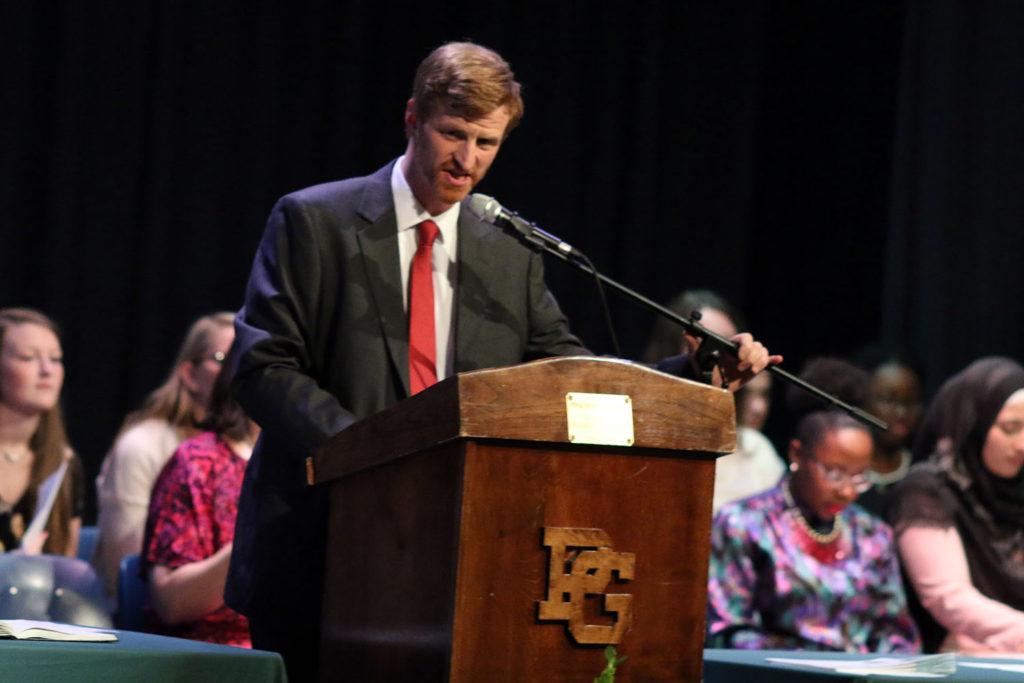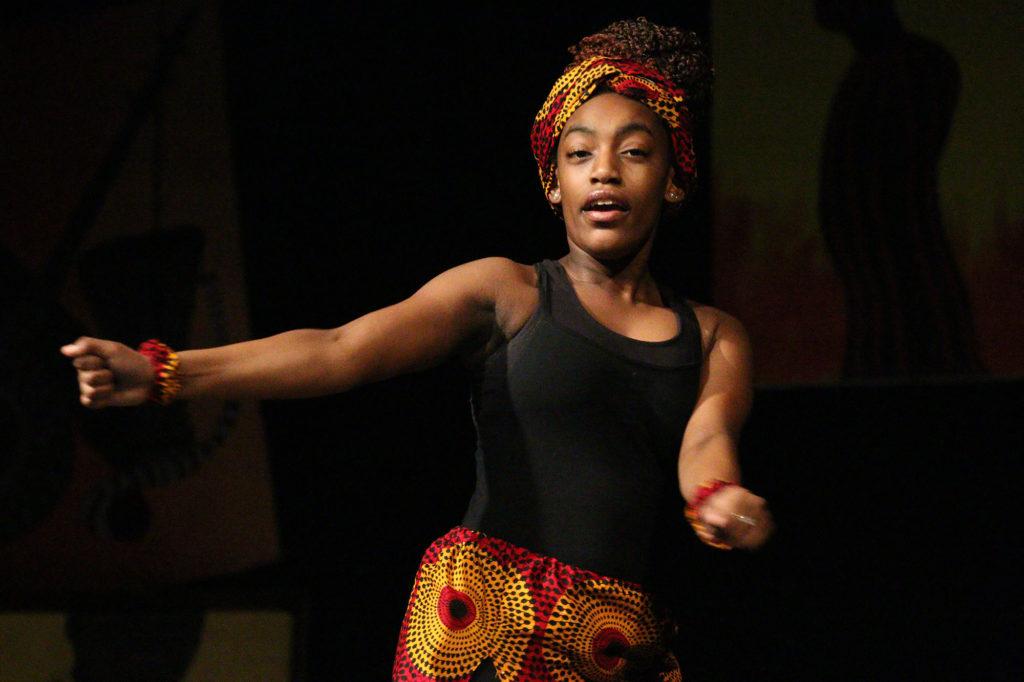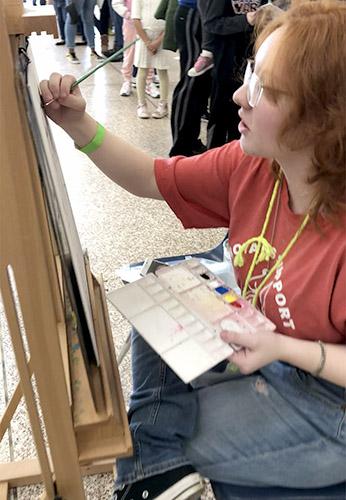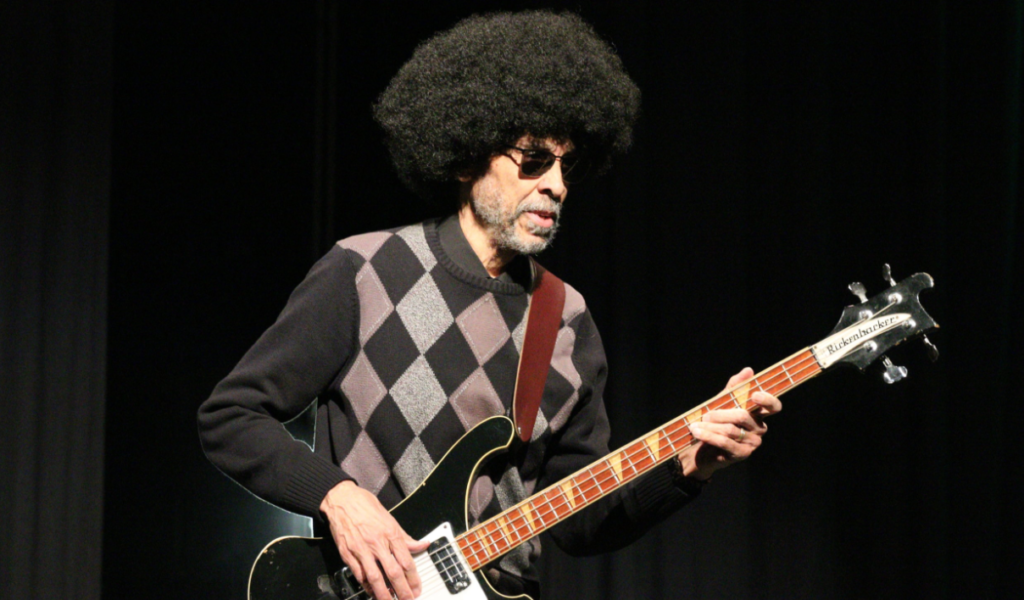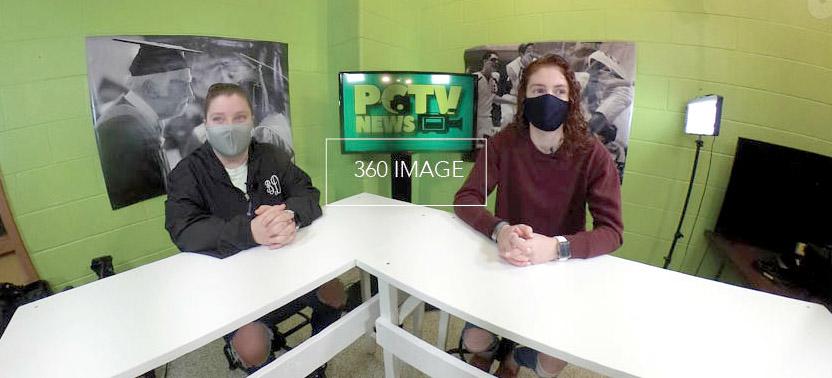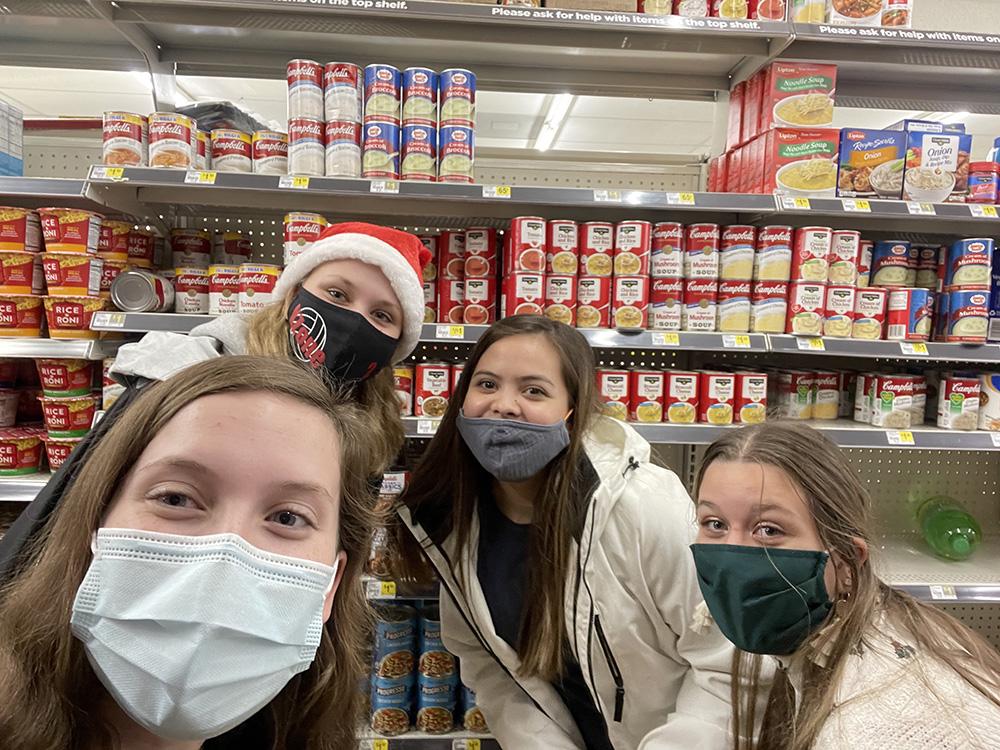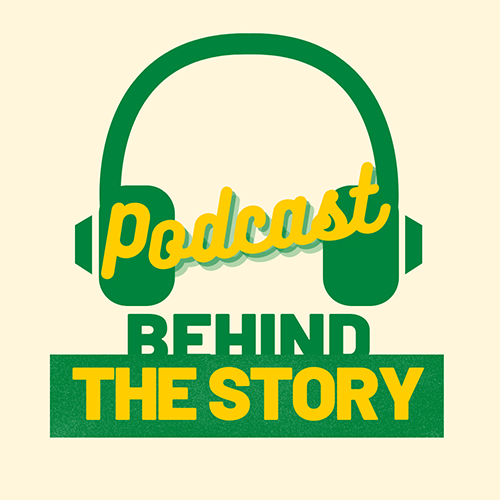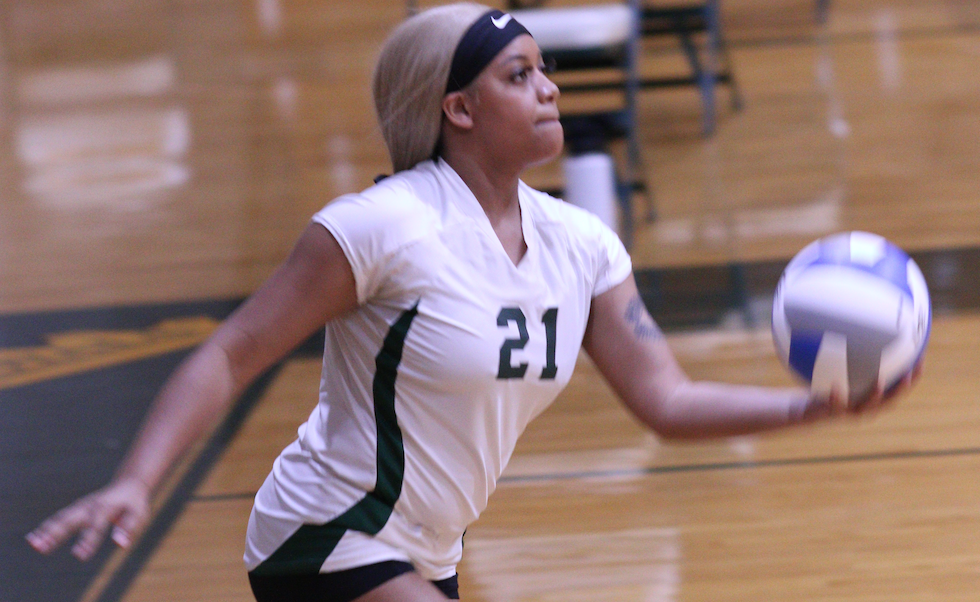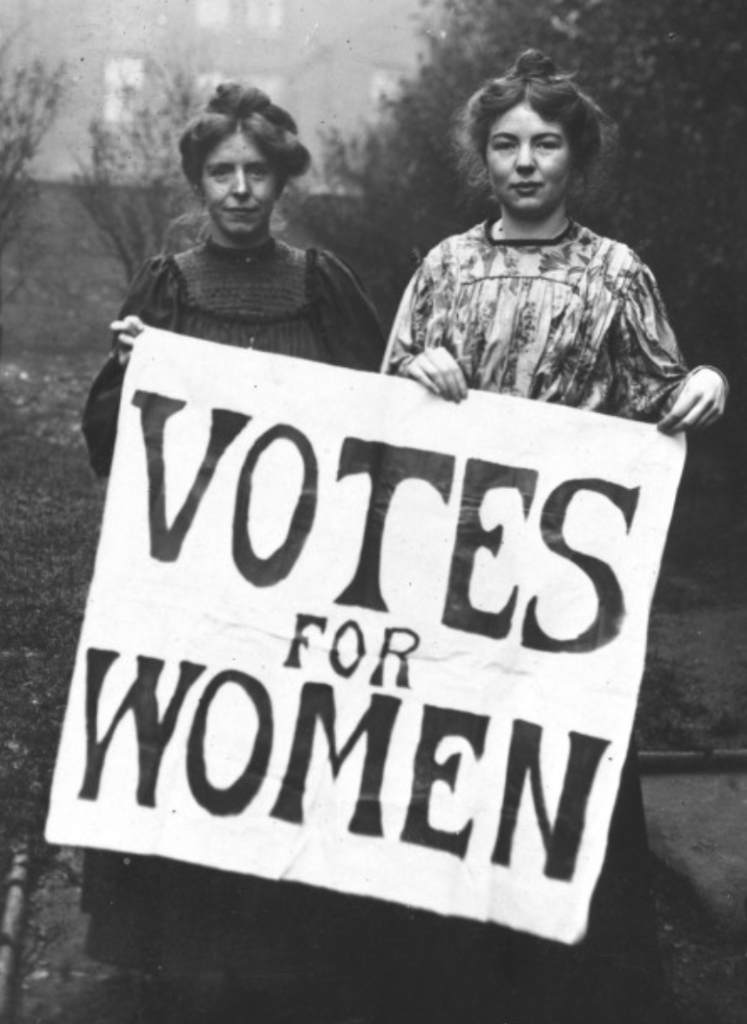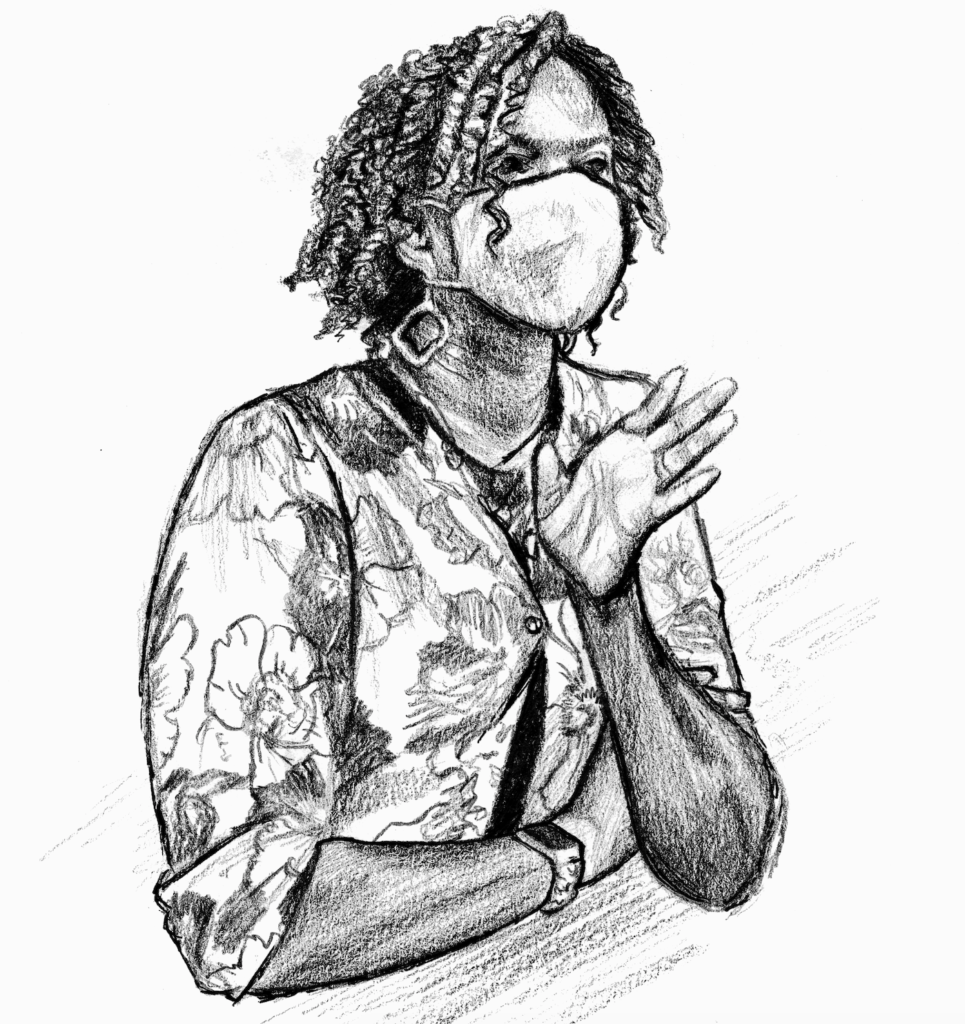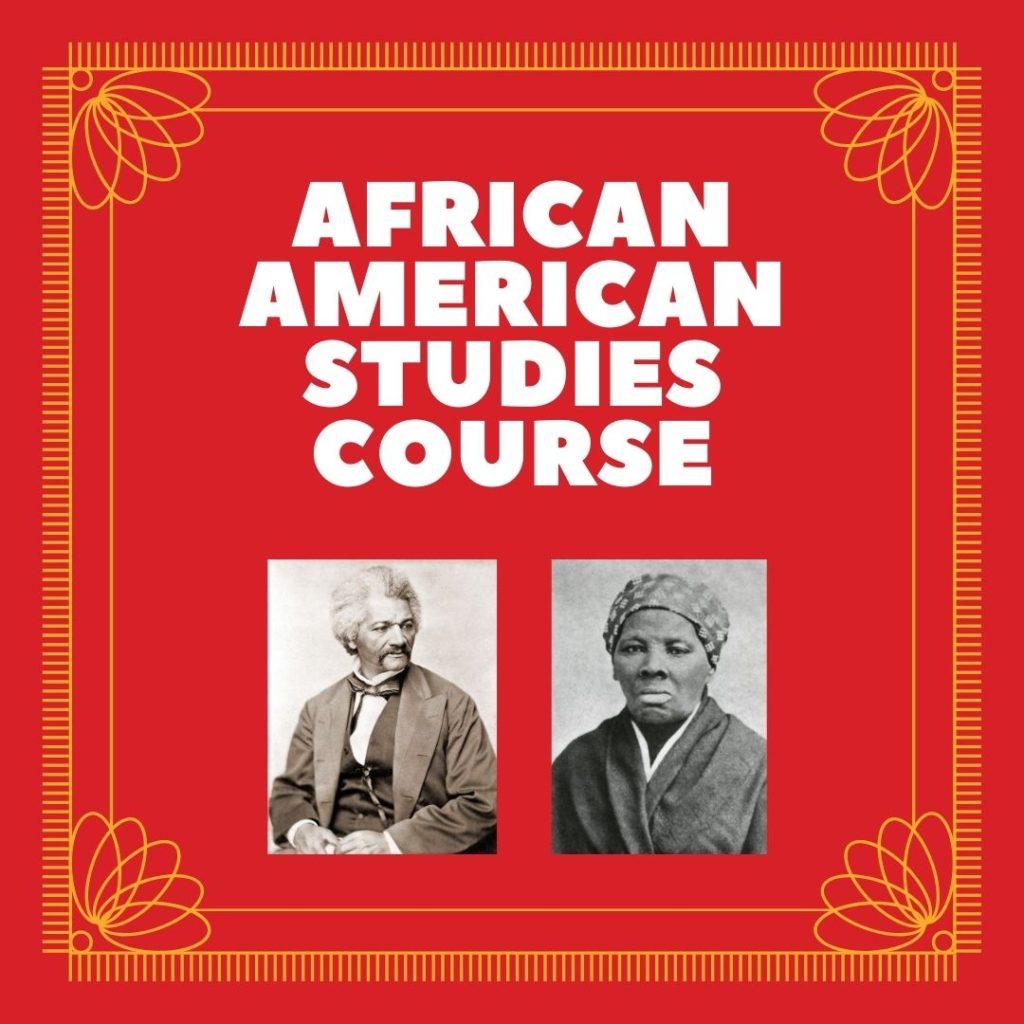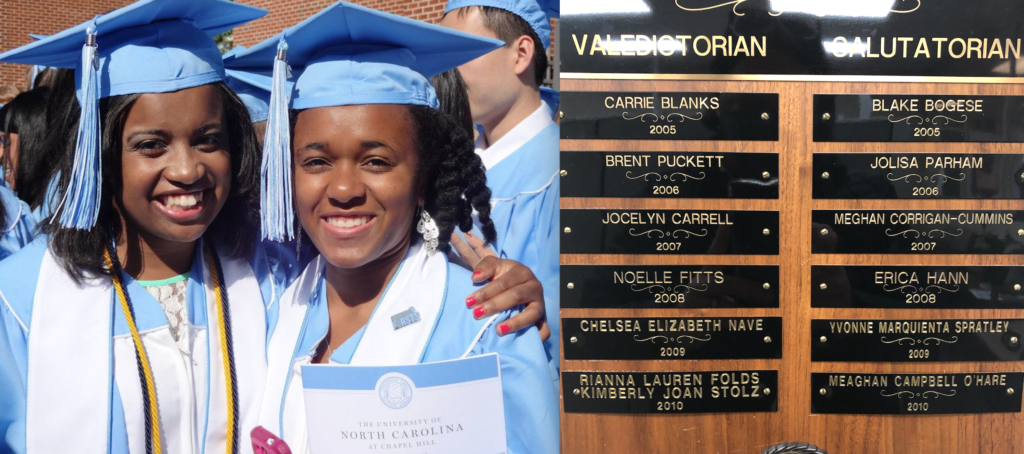She looks out into the crowd of green and gold accents, prepared to give her speech, and then enter her anticipated college experience at UNC-Chapel Hill. This was it, the last step.
Prince George High School Alumnae, Yvonne Sprately was salutatorian of her graduating class in 2009, and remembers being identified as gifted in elementary school.
“They identify me as gifted in like, maybe first grade. It was very early. I was at Harrison Elementary. And I don’t remember who or what was happening. I just knew that they would pull me out of class.”
According to a former member of the VA Advisory Committee on the Education of the Gifted (VACED), and current AP English teacher at PGHS, Beth Andersen, gifted students are identified through a series of tests and evaluations.
“PG has a multi-faceted approach to identifying gifted students. We collect the following data: ability test scores (we use the CoGAT School Abilities Test), grades, work samples, parent and teacher surveys that measure the degree to which a student displays characteristics typical to gifted learners, and information about any awards or accolades in any academic areas of interest. Our practice is always that no one criterion earns a student placement in the gifted program, and no one criterion precludes a student’s placement,” Andersen said.
As far as Sprately’s experience of being pulled out of class, the official term is “pull-out” programs.
“’Pull-out’ programs that are often part of gifted programs. This is typically a part of elementary gifted programs as a means of providing differentiated experiences for gifted students. Students identified for gifted programs are found to have learning needs that aren’t/ can’t be met within the regular classroom. Pull-out programs are intended to provide experiences that meet the need for more depth of content, development of higher-level or creative thinking skills, enrichment, and other needs that extend beyond the traditional curriculum.
“Research shows that offering students opportunities to be homogenously grouped with students of like academic ability encourages their growth as learners. Pull-out programs are typically one element of gifted services. They acknowledge that gifted learners learn differently than many of their age-level peers and seek to offer them opportunities to grow in that way. It’s similar to the fact that special education programs provide support for learners who struggle to keep pace with their age-peers; special needs students learn differently and deserve to have their learning needs met in appropriate ways, as do gifted students. Better identification processes help to identify a wider, more diverse range of students who have those different learning needs.” Andersen said.
Sprately agreed that having stability and not having to relocate adding to her academic achievements was helpful.
“Naturally, there are people that are more privileged than us, right. And in some aspects, we also have more privilege than others. So like, for me, I feel, because I was identified so early, and I had that sort of stability, and not so much transition in my life as a young child, I was able to focus,” Sprately said.
But it was hard to ignore the lack of faces that looked like her in higher-level classes that she had access to as a gifted student. But that was an issue bigger than her or even Prince George High School
“Naturally, because systemic racism. Now, I have more knowledge of the world. And I feel like, they can’t have but so many of us. You know, as a society, whiteness is associated with wealth, intellect, and all of these other things. And so if you have, black students naturally, now they’re associated with the negative things. But if you find one that can articulate or knows how to talk well, or whatever they want to say, then that one’s like, oh, maybe there’s something with this one, they’re not as threatening,” Sprately said.
Andersen also acknowledges that there are racial disparities in gifted education stories.
“There are many factors which affect the racial demographics of gifted programs. Teacher biases as to how gifted traits are exhibited, lack of education as to what giftedness is and what it looks like in term of performance, identification processes that have narrow criteria, limited testing….. these are just some of the factors against which gifted programs need to guard to ensure that all students are considered fairly for access to gifted services. No program is perfect, but there are best practices that promote equity. For example, professional development opportunities for teachers can help them to understand what traits are common to gifted students and how those traits might manifest themselves in different ways; this helps teachers to look out for a wider range of students who should be considered for identification. Even just education on the lack of diversity in gifted programs is helpful to teachers. The survey I mentioned above is called the Slocumb-Payne survey. This scale was developed with an interest in diversifying identification processes. It acknowledges that while gifted students might exhibit many of the same traits, those traits may manifest themselves differently based on a student’s upbringing, culture, and experiences. If our identification processes only acknowledge “teacher pleasing” behaviors, some students may be overlooked (and this is certainly not always tied to ethnicity, but sometimes to socio-economic status, English language skills, etc). It’s also good practice to use more than one standardized test for identification and to use those that limit testing bias. We used to use a test called the Naglieri Non-Verbal Abilities Test as part of our procedure. Being non-verbal in nature, it is considered helpful for identifying students who may not develop as quickly or as well with their verbal skills (maybe English language learners or students who don’t read as early), but who are gifted nonetheless (verbal acuity is a characteristic of giftedness, but if children don’t have the same exposure, resources, or experiences at an early age, this trait might not develop as obviously as in other gifted students). Limited funding often inhibits a program from using multiple standardized tests, as access to these materials is often expensive. Parent education about gifted programs, offerings, identification processes, etc. is also important so that parents know how to advocate for their students,” Andersen said.
Nevertheless, the experience of being divided from fellow African American students affected Sprately socially.
“I was so socialized, to be around white students, that I was almost fearful of my own people because I had adopted the same stereotypes, a lot of the same beliefs, I literally said, “I don’t want to go to an HBCU,” no I don’t wanna be around my own people, they’re just going to want to talk about the shoes I’m wearing, or my hair, so I’m just going to go to UNC. Granted UNC was the best time of my life, if I could relive that ten times and it was just the best [but] there I realized, my gosh, I was just so out of touch, and just so wrong about so many things, and I was around my own people, and everything was just beautiful, everything was great,” Sprately said.
Sprately encouraged black students to respectfully advocate for themselves, and speak up if they feel something is wrong with their academic placement.
“I was a little mild and introverted, I didn’t like conflict, I don’t want to rock the boat, you tell me to color in the lines, I’ll color in the lines. I always thought that that was the right way to be, and it really isn’t. You have to be your authentic self, [and] I shouldn’t judge someone that is used to coloring outside the lines, that person is being bold, and being their true self. I shifted my mindset from thinking, oh if you’re disobeying the rules or if you’re being boisterous and loud, you’re wrong. Instead of focusing on how loud they are, focus on their message,” Sprately said.
Andersen has hope for the future of the gifted program and increasing its diversity.
“My hope for our county’s gifted program is that it would continue to provide high-quality learning opportunities for students whose needs aren’t or can’t be met in the traditional classroom, but I hope to see redoubled efforts at educating teachers in how to identify and provide for ALL students with different learning needs. I want to see more of our identified gifted students take advantage of the learning opportunities they have through gifted services (like summer programs for gifted learners or the opportunity to take Independent Study as a course option, which is another component of our secondary gifted program). Finally, I want to see us continue to work to see that the diversity of our gifted program reflects the diversity of our general student population. This is something towards which we have worked for many years, but which is obviously still a work in progress, and we must be vigilant,” Andersen said.
